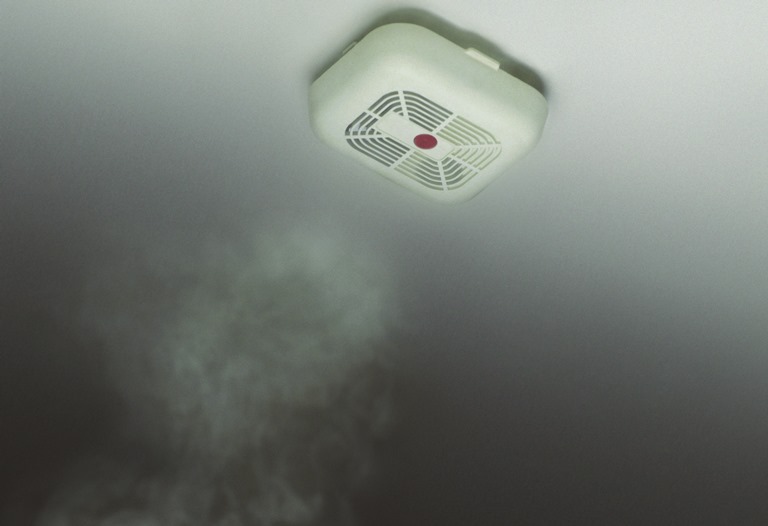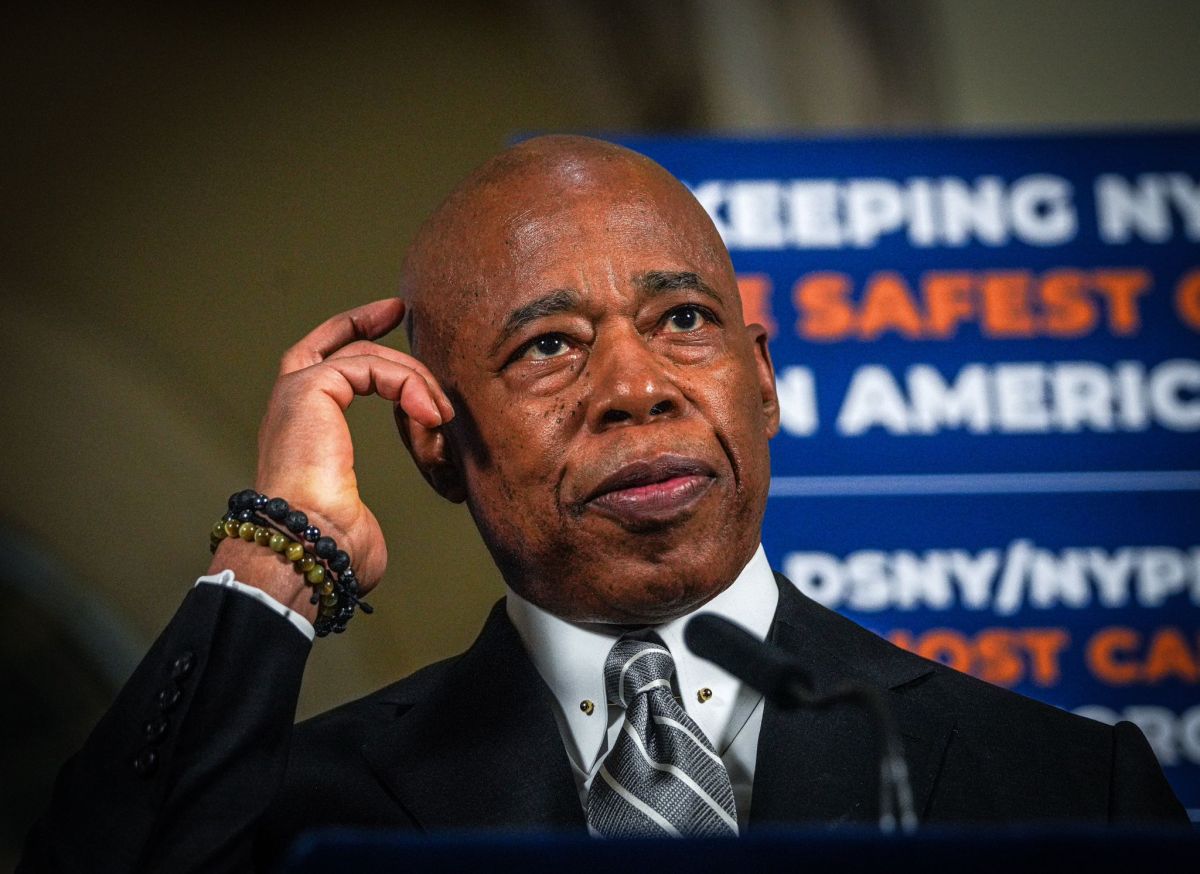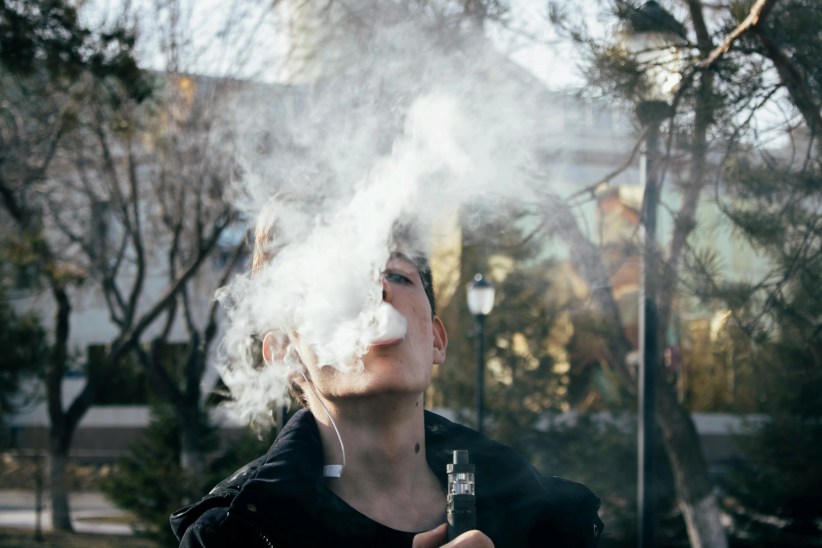BY COUNCILWOMAN ELIZABETH CROWLEY
The cold winter months are quickly approaching – a time when fire fatalities spike. Therefore, it is critical we take this time now in October, during National Fire Prevention month, to practice methods of fire safety and prevention. During the winter months, many New Yorkers utilize space heaters or heating blankets. Imagine an elderly neighbor plugs in their space heater, falls asleep, and awakens to find a faulty wire has left her in a room full of smoke, soon entering neighboring units and maybe even yours. Without the proper smoke alarm, affected persons are likely to succumb to smoke inhalation, the most common cause of death in residential fires.
There are two types of smoke alarms readily available on the market: ionization and photoelectric alarms. The latter have been proven to warn occupants of the fire condition described above a half hour or more before an ionization alarm, which in most cases never goes off at all until flames erupt.
Additionally, photoelectric alarms are significantly less susceptible to nuisance alarms caused by smoke from burned food and steam from a shower. More than 33 percent of New York City homes have broken or disabled smoke alarms, sometimes due to residents removing batteries from their alarms. The number one reason for this is nuisance alarms. This benefit of photoelectric alarms is undisputed and it is highly recommended to have photoelectric alarms near kitchens and bathrooms – both high-nuisance areas.
Despite these benefits, paired with the clear failings of ionization technology, New York City law provides that residential buildings be equipped with either ionization or photoelectric alarms. This runs contrary to the recommendations of numerous fire safety organizations, including the National Fire Protection Association, the agency the FDNY looks to for fire code adjustments, and the FDNY itself. No major fire safety organization recommends having only an ionization alarm, as so many New Yorkers do. Many express preferences for photoelectric or having both in residential quarters.
A bill I sponsored, Introduction 56-A, which now has 38 co-sponsors, would require that there be at least one photoelectric smoke alarm in every apartment, house and residential occupancy in New York City. This is common-sense legislation, and with the City Council’s super-majority’s support, I hope to see it passed by the end of the year.
Approximately 65 New Yorkers died of fire-related deaths each year over the last four years, and firefighters have sustained hundreds of injuries battling unforgiving flames. The number of fatalities is drastically fewer in other jurisdictions that require photoelectric alarms. Boston, for example, had only four deaths over a four-year period.
As our city’s population grows, the FDNY is working harder than ever before to meet the volume of emergencies every day. Over the years, the department’s fire education and prevention has helped bring the number of fire-related deaths in New York City down significantly. But one preventable death is still one too many. Therefore, it is time to update the law, and more importantly, your home.




































